MacMillan houses so much more than legal tomes
Not everything is available online. Sometimes, to study legal history, it helps to step into the room with it.
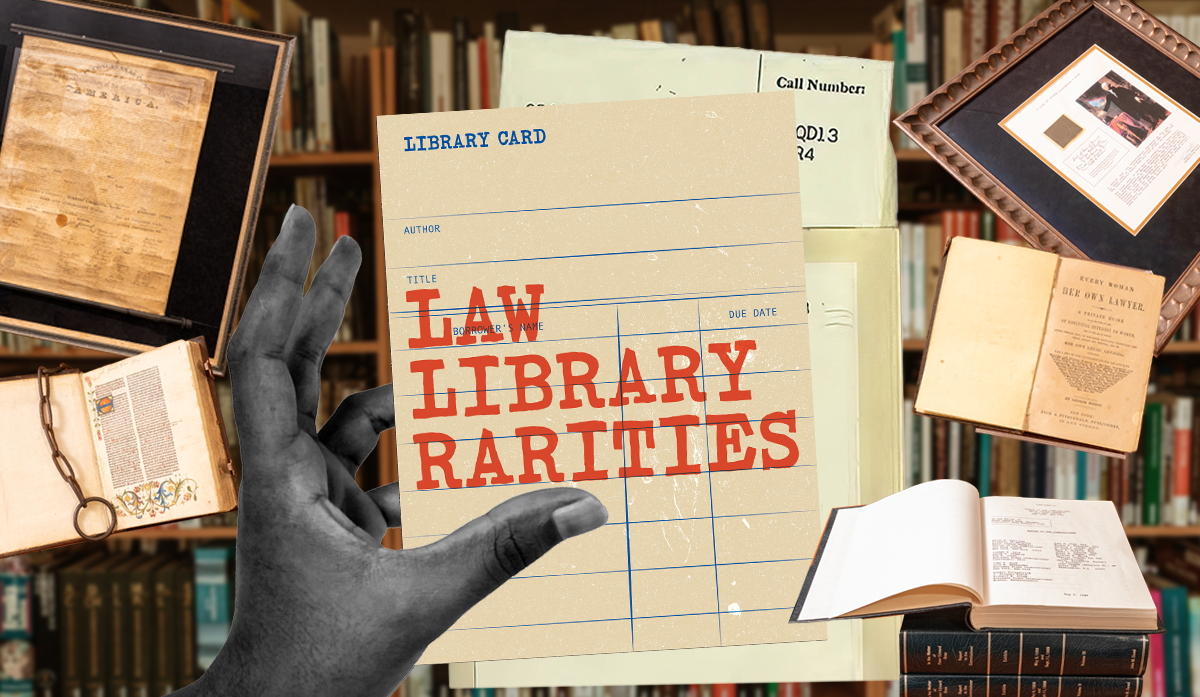
The Hugh F. MacMillan Law Library, named for an Emory Law alumnus and Coca-Cola attorney, is celebrating its 30th anniversary. For the past three decades, the library has been supporting the “teaching, research, and service missions of the Law School and of Emory University” through its core and special collections.
The law library is home to a number of collections, including archives and manuscripts, rare books and dissertations, feminism and legal theory papers, as well as government documents, reserves, and textbooks. MacMillan regularly acquires and makes available to researchers historically significant materials on subjects including civil rights, feminist jurisprudence, religion, and transactional law. The holdings span the 14th through the 21st centuries.
Many of the law library’s hidden gems can be found in the Rare Book Room, located on the second floor of MacMillan Law Library (room M202). There, Emory students and alumni can find 15th to 20th century editions of commentaries, reports, and treatises on American, English, and Canon law —with Georgia law being the main state focus. Some of the highlights from the Rare Book Collection include:
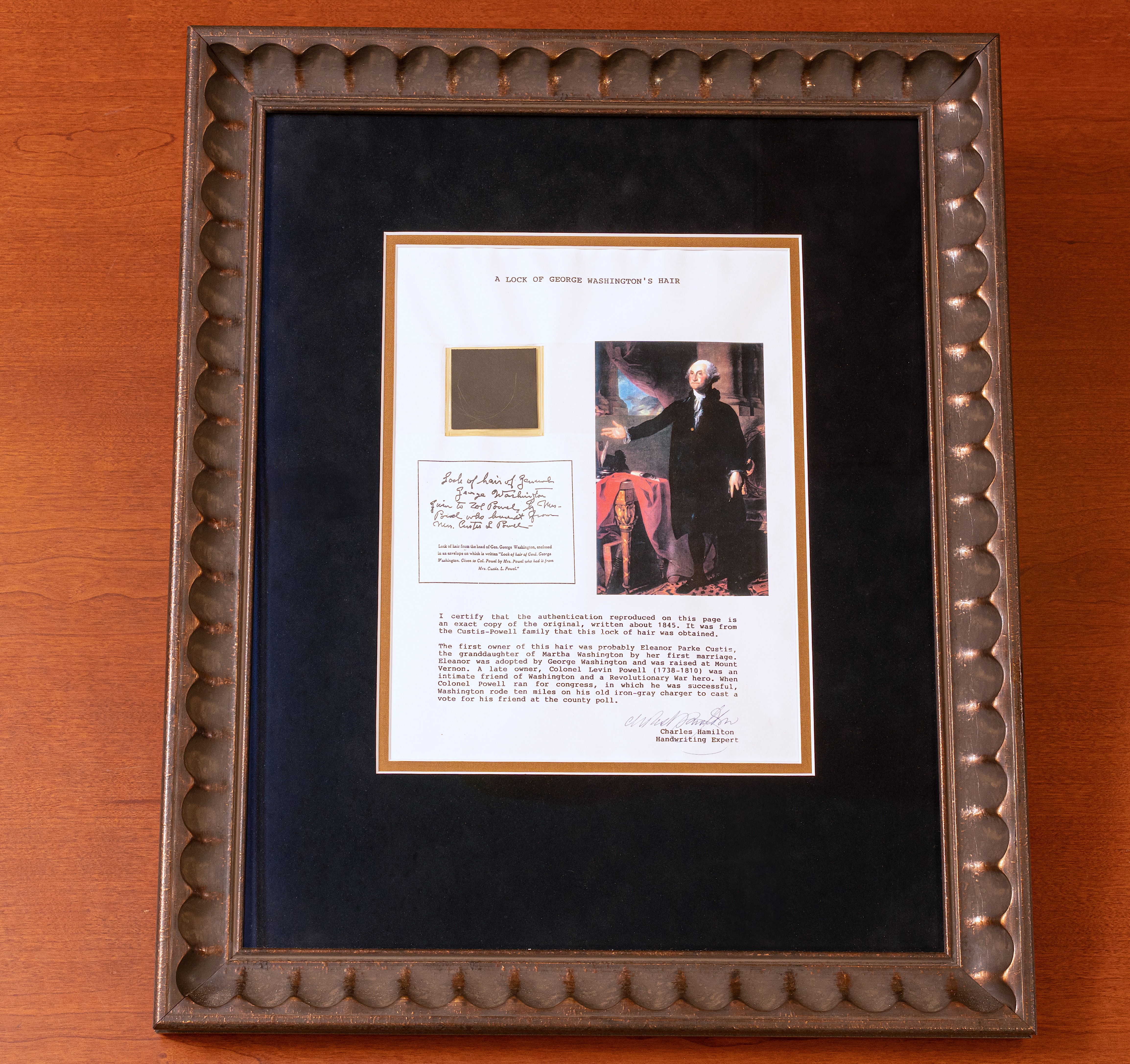
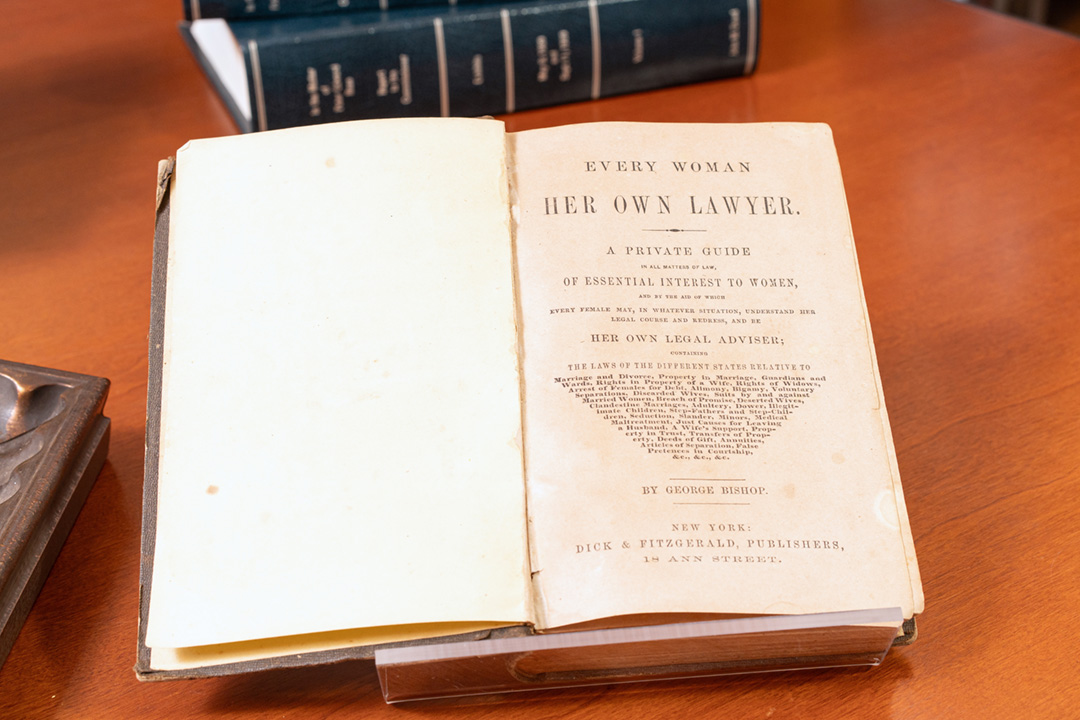
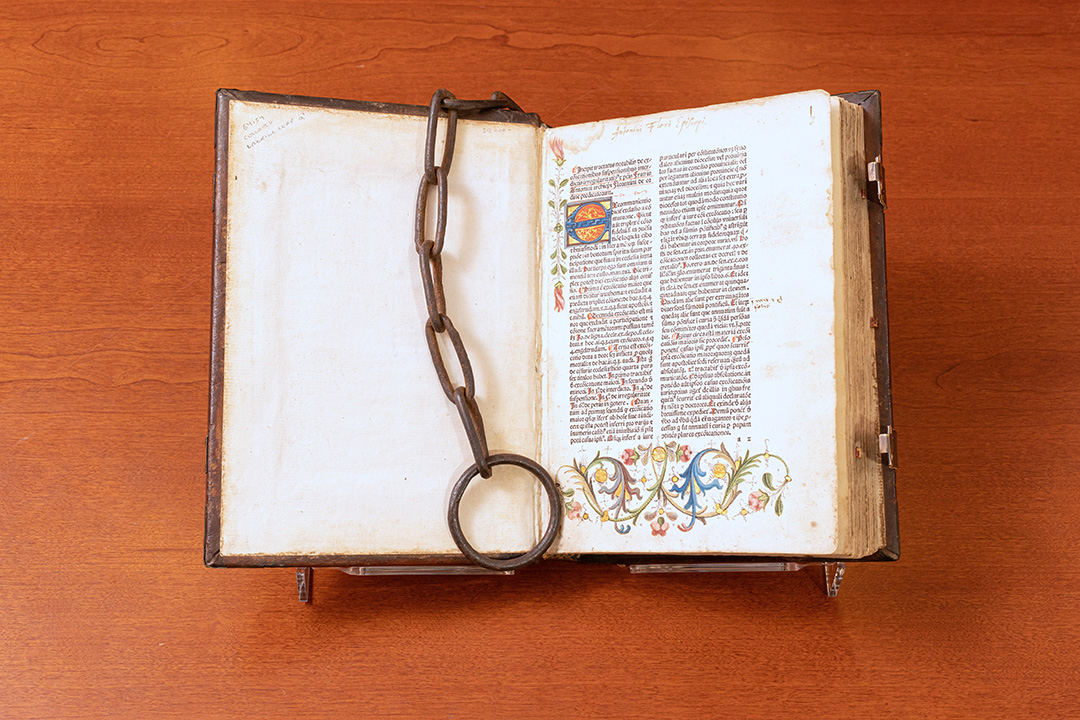
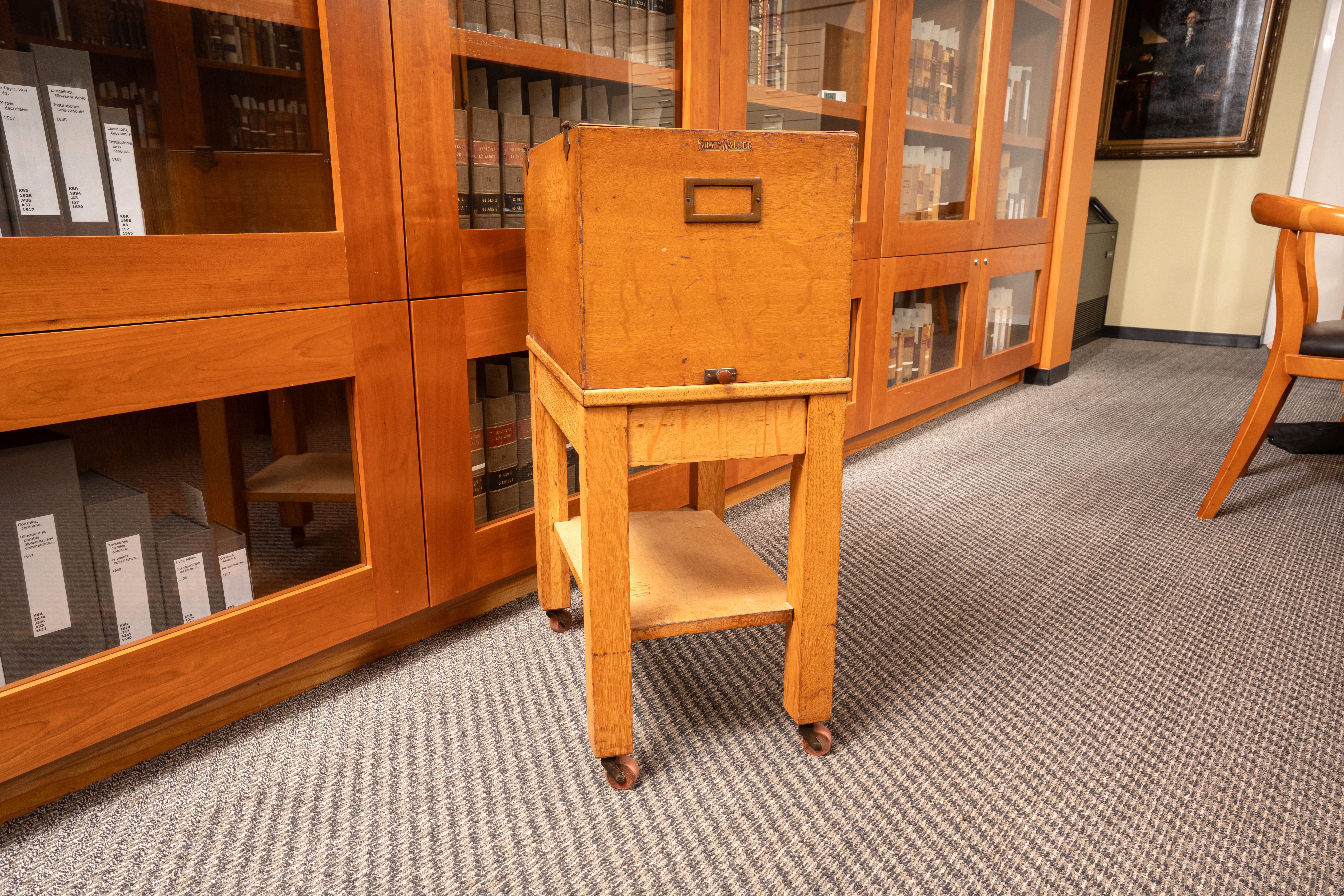
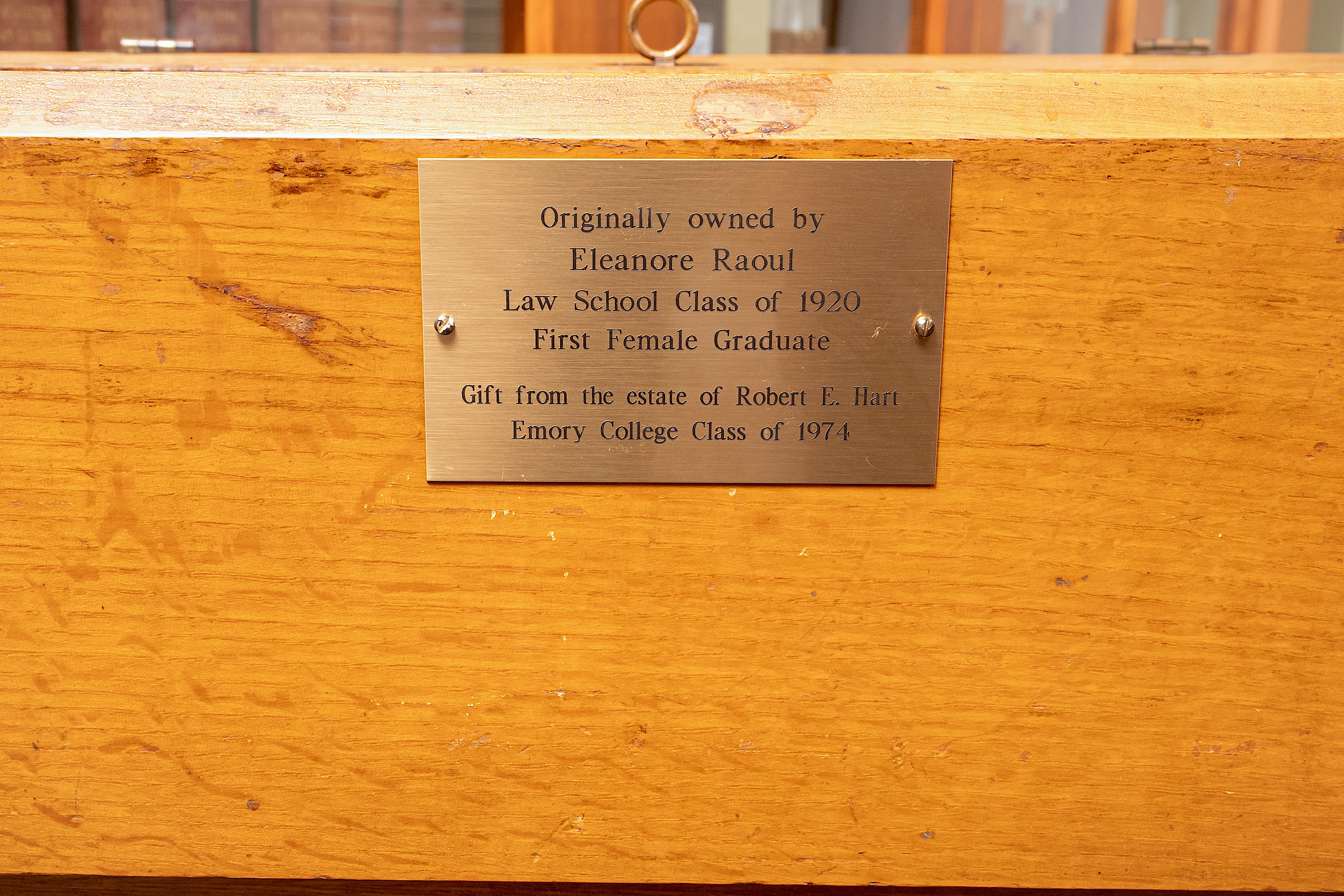
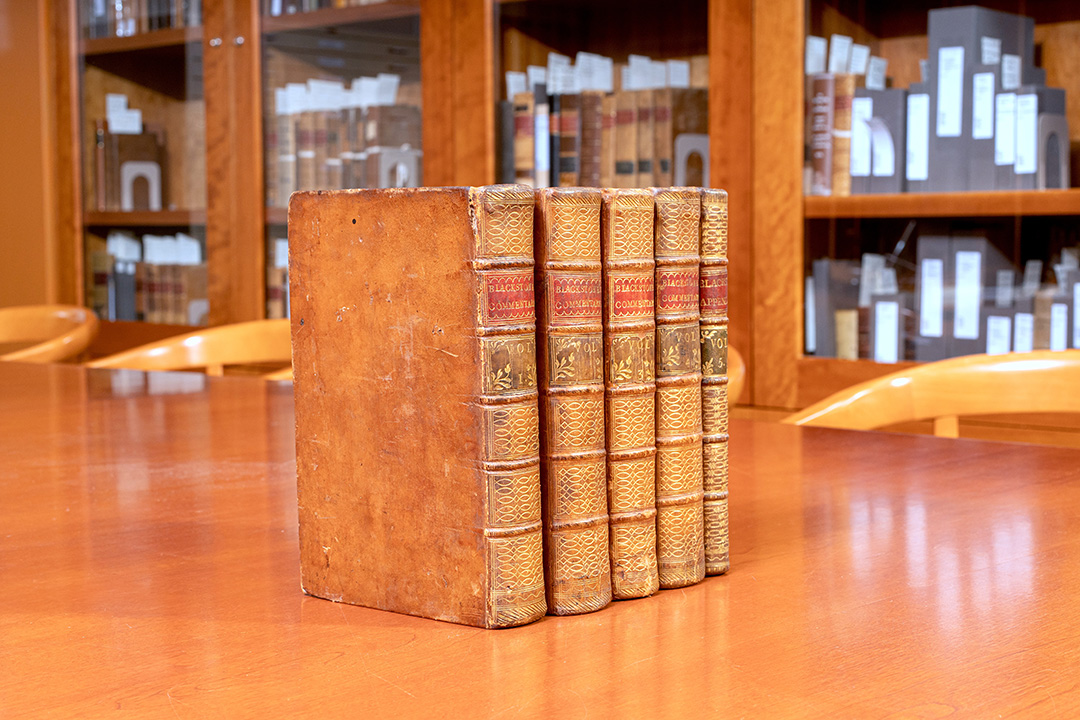
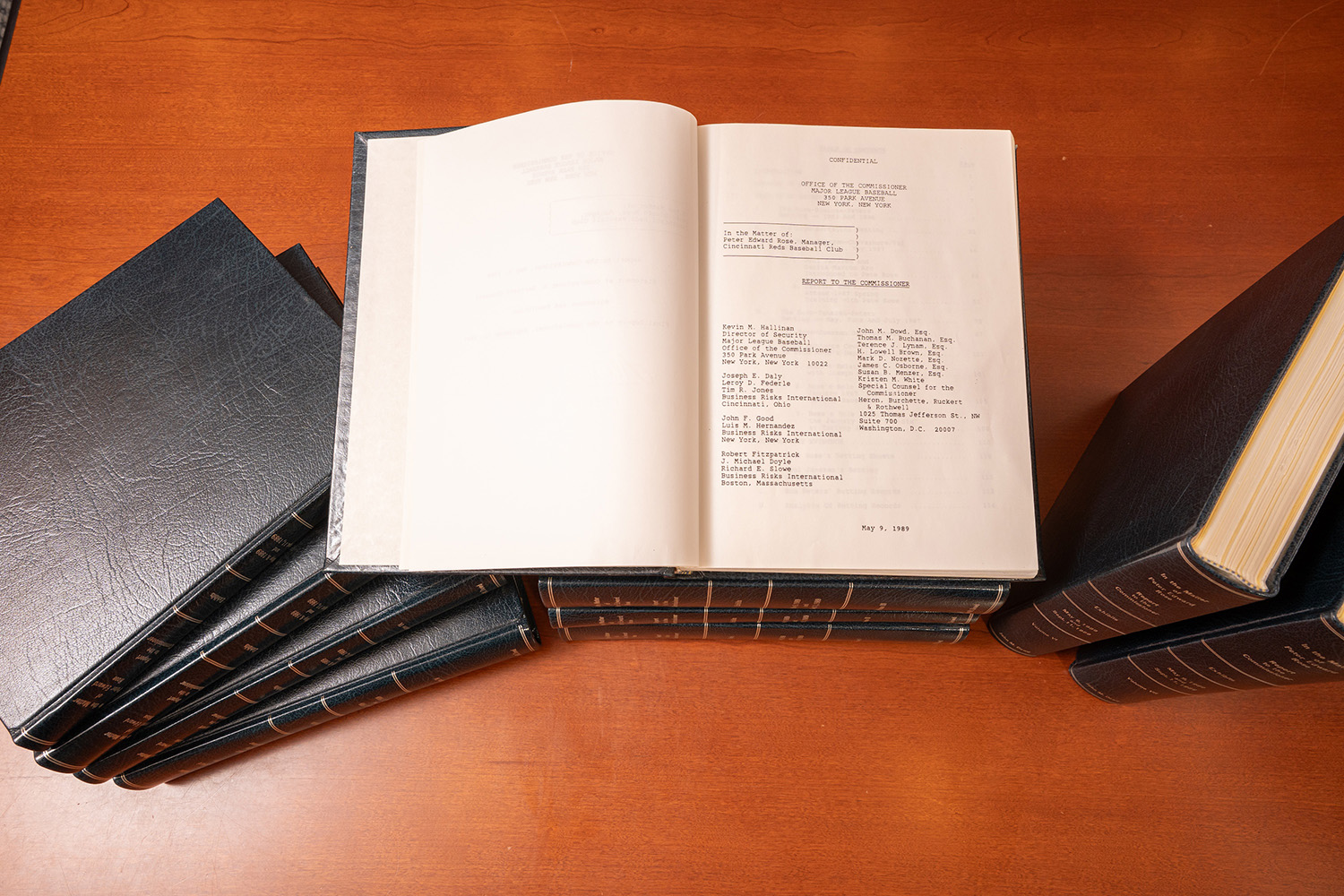
The Rare Book Room also houses the law library’s Early Modern European Dissertation and Pamphlet collection, which contains dissertations on primary legal topics by European students and faculty. The scholars presented these dissertations in the 17th and 18th centuries, primarily in Sweden and the Holy Roman Empire.
As Jason LeMay, law librarian for special collections and metadata, shares, Emory Law is actively adding to the Rare Book collection on an ongoing basis. “We have tried to build a collection that shows not only the history and evolution of legal principles in selected areas of law but often shows how those principles were understood contemporarily through the marginalia left by early owners and users of the texts,” says LeMay. “The history and evolution of the interpretation of legal principles form the foundation for the evolution of the legal principles themselves.”
In addition to its research materials, MacMillan Law Library also has an eclectic collection of art. The library is adorned with oil paintings, sculptures, and photographs—all of which have been donated by faculty, alumni, and other Emory Law supporters over the years. It is a fairly extensive collection, considering the size of the law library. One of the most notable pieces is the easiest to find; it is on display on the third floor of the MacMillan Law Library, directly across from the elevators.
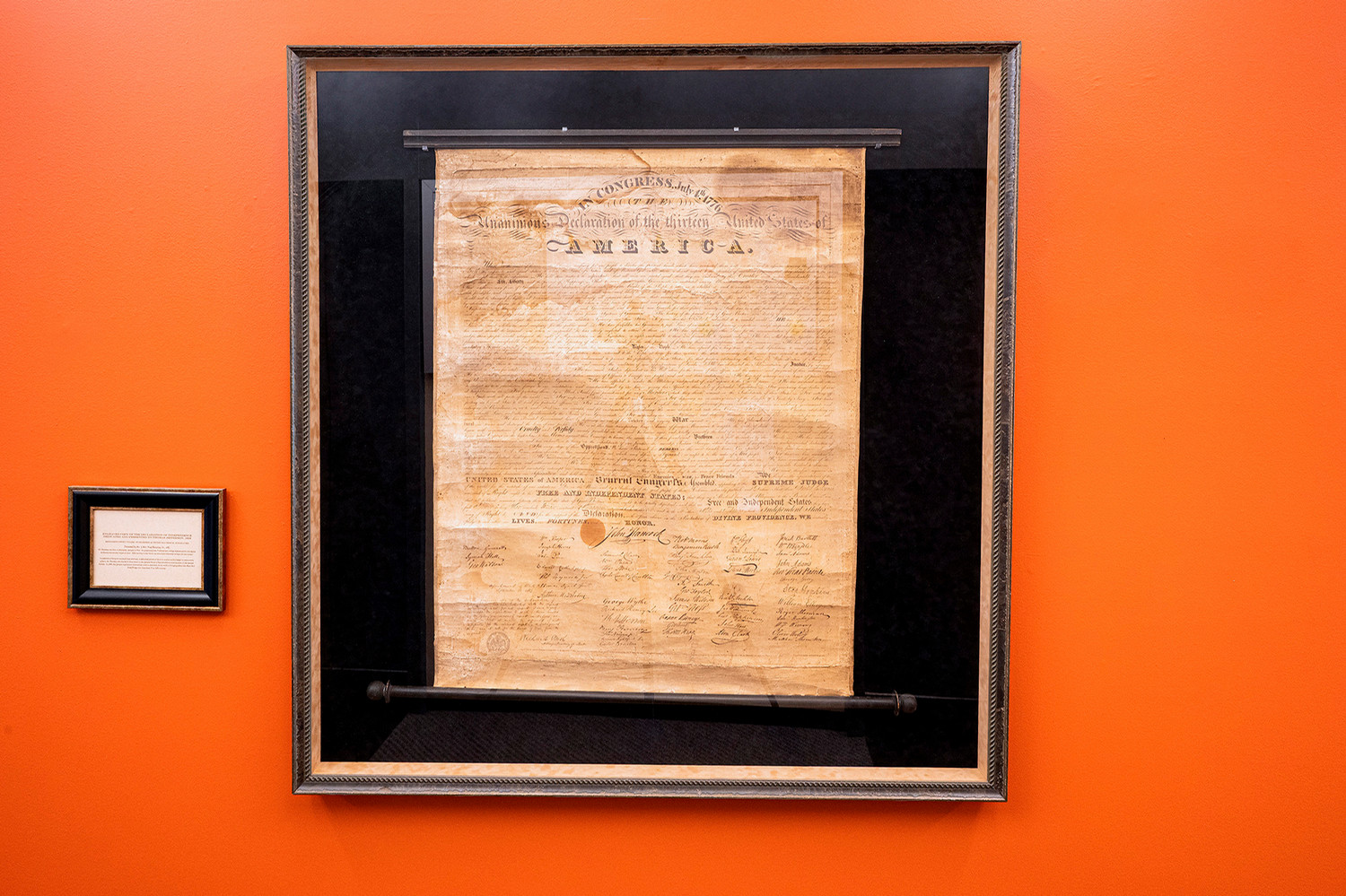
While documents and other ephemera are essential to the Emory Law library, the librarians also enjoy showcasing other tangible and interesting items from the archive. Currently, the library is hosting the exhibit “Beyond Paper: Exploring Different Types of Media and Material in the Emory Law Archives.” Curated by librarians Isabella DiStefano and Anna Sturgill, the exhibit features items related to Emory Law history and related scholarship. Pulling from seven of the library’s 53 archival collections, materials include T-shirts, awards, video cassettes, DVDs, and photographs all ranging from the 1950s to the early 2000s. The “Beyond Paper” exhibit, located on the second floor of MacMillan Library near the Rare Book Room, will be on display through August 2025.
Access to the Hugh F. MacMillan Law Library does not end at graduation. Emory Law alumni are invited to continue utilizing this world-class resource. “We encourage Emory Law alums to come to the MacMillan Law Library to view these interesting, historic, and unique materials. After all, this is their law library!” says Mark Engsberg, director of library services and professor of practice. “Rare books provide tangible connections to the past, providing insight into different historical periods, cultures, legal landscapes, and social, political, and intellectual movements. In-person viewing allows for a more comprehensive understanding of a book's condition and other physical attributes. And hand-written notes or comments in the margins of many rare books made by former owners or readers can also add significant historical value and context. Our books are valuable resources for researchers and scholars.”
Emory Law alumni who are interested in visiting the law library can visit the library’s website to learn more about borrowing privileges or call (404) 727-6824 for circulation assistance.
Email the Editor

